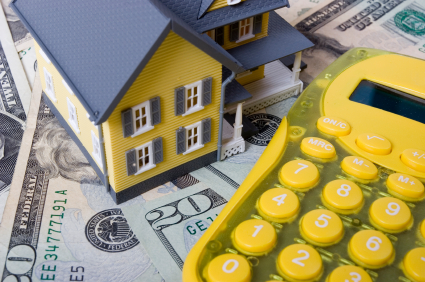Mortgage Refinance Tips
By Sari R. Updated on 7/24/2017
Refinancing your mortgage is an excellent way to reduce your monthly mortgage payment and create additional cash flow for savings or other pursuits. Weigh your options to see if a refinance makes sense for your financial situation.
Start your decision-making process by checking out the refinance tips listed below.
Improve your credit score.
The best mortgage refinance rates are available to borrowers with credit scores above 720. If your credit score is less than optimal, consider the benefits of paying down debt and working to raise your score before applying for a refinance.
You can also dispute errors with the credit agencies before submitting your loan application.
Shop lender offers and programs.
Review competing offers, mortgage rates, fees, annual percentage points and online reviews for at least three different lenders or mortgage companies.
Take advantage of recommendations from family and friends who recently refinanced and had a good experience. You may also search for a lender online, but be sure to research each prospective lender carefully.
It is also important to not only make your decision based on the rate and fees, but also on the level of service you'll receive throughout the process.
Calculate your break-even point.
Every time you refinance, you pay closing costs. The ‘break even’ point is the time when the financial savings of the refinance begin to outweigh the immediate costs.
If you plan to sell your home in the next few years, a refinance may not make sense. Use our refinance break-even point, calculator. You can also explore a loan with no closing cost so that there are no additional fees added to the already existing balance.
Shorten the loan term.
When you refinance your mortgage, there is always the option of extending your loan term to lower your monthly payments. If you can afford your current monthly payments, shorten the loan term and keep your monthly payments the same or increase them.
You will save on interest over the life of the loan, and your future finances will thank you.
Weigh the benefits of a ‘cash-in’ refinance.
A cash-in refinance puts money into your mortgage (as opposed to taking it out for other use, which would be a cash-out refinance) and pays down the balance.
Cash-in refinancing offers homeowners very high returns and can make the best mortgage refinance rates available for a borrower. By paying down the loan balance, you reduce the loan-to-value ratio on your new loan, decreasing the interest rate and mortgage insurance premium.
Weigh the benefits of a cash-in refinance compared to the return you expect on alternative investments available to you.
Request a rate lock confirmation.
A rate-lock confirmation is a document that your mortgage lender should provide once your interest rate is locked. A rate-lock confirmation ensures that the lender has locked the rate and is not gambling on the market in hopes of earning extra cash.
In today's unpredictable market it's always best to lock your rate instead of waiting to see if the market turns in your favor. Remember the market can always turn against your benefits as well.
If you are worried that interest rate might improve while your loan is processing, ask your lender if they have a "float down" rate lock option available. It will allow you to float down to a lower rate if it comes available while your loan is still undergoing underwriting.
Today's Refinance Rates:

Didn't find the answer you wanted? Ask one of your own.

Contributing Authors
Related Articles
Ask our community a question.
Searching Today's Rates...

Featured Lenders
Lisa Stepp
RBS Citizens
Clifton Park, NY
Cameron Burke
Vision One Mortgage
Huntington Beach, CA
Kat Whitman
Whitman Met, Inc.
Sacramento, CA







